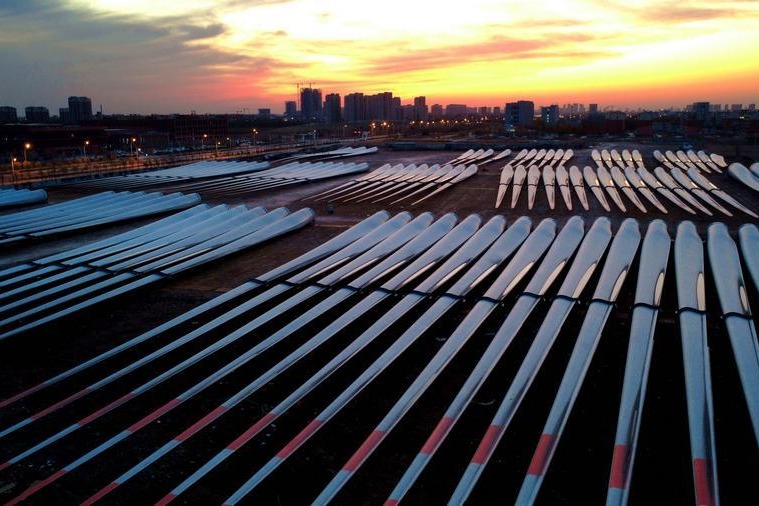A world of wonder awaits for those who tire of the capital

After spending almost a year living in Beijing, I took the opportunity to see another part of China. Wow, it was worth it.
For five days, myself and a ragtag group of foreign journalists toured Jiangsu province.
Our first port of call was Nanjing. Famous as a capital over six dynasties, it features an impressive city wall and many well-preserved buildings.
My favorite was the gorgeous Laomendong area in the southern part of the Old Town. Every building in this historical district seems to have beautiful brickwork or carved wooden panels.
Earlier that day, the press pack toured Xianlin subdistrict. This former farmland was turned into a suburb in 1998. The ex-farmers and laborers are housed and supported in the community and are encouraged to volunteer in local governance.
The next stop of our tour was Yangzhou. We began with a tour of Zaolin Bay Horticultural Expo Park. This 68-square-kilometer site features an enormous array of plants, gardening styles and classical Chinese architecture.
The entertainment wasn't over as we visited Quyi Park, a cultural area where many arts are taught.
I watched young people play traditional instruments, dance, perform ballet and puppetry.
This brief, sneak peek at the talent being fostered leaves me in no doubt that the country's cultural heritage has a long future ahead of it.
Back on the tour bus, we headed to the 486 Intangible Cultural Heritage Cluster Area. Here the press pack watched artists at work practicing traditional crafts like silk painting.
The painstaking effort put into this medium is admirable. The intricate weaving lends a lifelike quality to animal portraits. From a pace away, the embroidery looks like a watercolor.
The following day, we visited Lingtang village. A third of the area's population of 23,000 is from the Hui ethnic group. There we dined in local families' large modern homes, sampling hairy crab and double yolk duck eggs. The warmth and hospitality of our hosts was illustrated by the stream of dishes that kept piling up on the table.
It wasn't all arts and culture in Yangzhou. On our third day we visited Yangli Group, a machine tools manufacturer set up in 1966.
Here I reveled in the boyish excitement of touring a heavy industry plant that produces car parts and white goods' components.
Our final city of the trip was Nantong. We began with the Langshan Mountain National Forest Park and its exquisite collection of bonsai trees. After hearing their monetary value, I'm surprised none found their way onto the tour bus!
Later, we visited the Shanghai-Nantong Yangtze River Bridge. This marvel of engineering spans more than a kilometer and will open to traffic in the second half of 2020. Granted exclusive access, we drove to the midway point and got off. Walking the empty road, the scale of this structure is spectacular.
Amid howling wind and freezing temperatures, a foreman tried to explain the construction process. Despite the discomfort, being afforded such a unique perspective of key infrastructure made this a highlight of the trip.
Nantong Blue Calico Museum offered some cultural respite to our tech-heavy day. A relaxing evening touring the city's canals in the Haohe Scenic Area was a perfect finish to that day.
More industrial action was delivered at the Nacks shipyard. The joint venture between Cosco shipping and Kawasaki Heavy Industries was an illuminating display of large-scale manufacture and a great example of what can be achieved through international partnership.
In all, I'd love to go back to Jiangsu. It's a few hours from Beijing by plane or bullet train and has a great deal to offer.

Today's Top News
- Another sign of Japan's right-wingers' dangerous ambition to break free of all postwar constraints
- Hainan's special customs operations start strong
- Macao SAR holds flag-raising, reception to mark 26th anniversary of return to motherland
- China issues rules to regulate pricing practices of internet platforms
- US hits over 70 IS-linked targets in Syria in massive retaliatory strikes
- Coffee needs cooperation, not confrontation






























